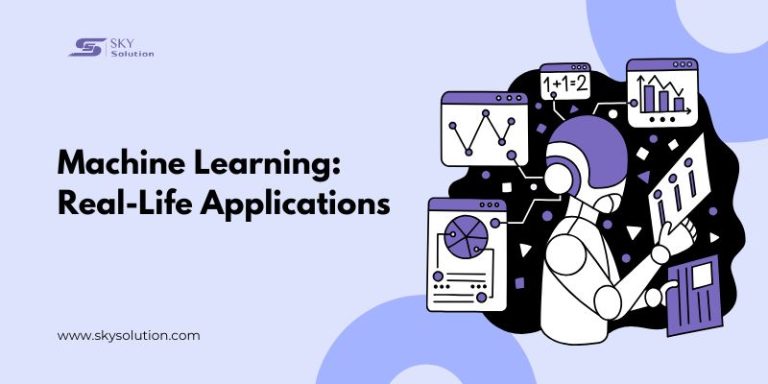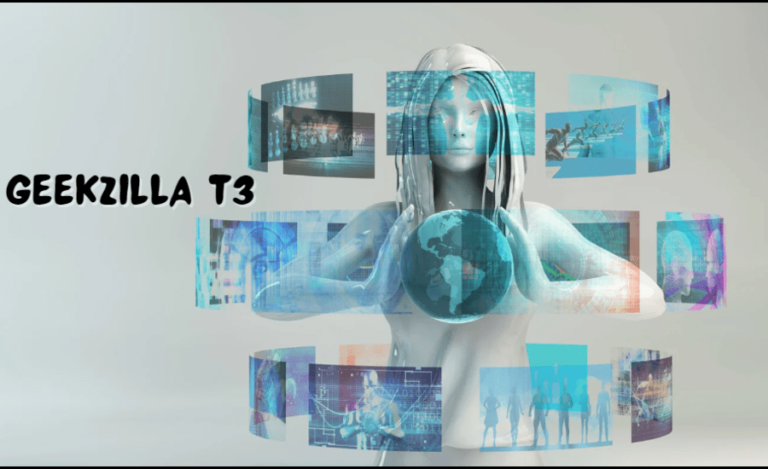Cybersecurity in the Modern Age: Insights and Trends
Understanding Cyber Threats
In an increasingly interconnected world, cyber threats have become a pervasive part of everyday life. The spectrum of cyber threats varies, from phishing scams that dupe users into divulging sensitive information to sophisticated attacks targeting critical corporate infrastructures. These threats can have catastrophic consequences, leading to financial losses, reputational damage, and confidential data breaches. Recognizing the myriad forms these attacks can take is crucial in crafting effective defense mechanisms that safeguard personal and organizational interests.
With cyber threats ever-evolving, platforms like Group-IB provide invaluable resources to organizations seeking to bolster their cybersecurity posture. These platforms offer comprehensive insights into threat intelligence, enabling organizations to proactively identify and mitigate vulnerabilities within their systems before they can be exploited maliciously. By understanding the landscape of emerging threats, businesses can implement strategic defenses tailored to their specific risk profiles.
The Importance of Threat Intelligence
Threat intelligence is pivotal in cybersecurity strategies because it delivers real-time analytical data concerning cyber threats. It serves not merely as a reactive measure to attacks that have already occurred but as a predictive tool that anticipates potential risks before they manifest. This proactive defense strategy allows organizations to reinforce security architectures and develop more resilient systems. According to CSO Online, embracing effective threat intelligence fosters heightened readiness. It empowers businesses to make strategically informed decisions about their security practices. By leveraging these insights, organizations can shift from a solely reactive approach to a more comprehensive proactive defense framework.
Key Trends in Cybersecurity
AI and Machine Learning
The introduction of artificial intelligence (AI) and machine learning (ML) into the cybersecurity sector marks a significant advancement. These technologies are invaluable for predicting cyber threats by analyzing patterns and behaviors in data traffic. AI and ML enable security systems to become more agile and adaptive, learning from past incidents to thwart future attacks more effectively. This level of analysis allows for a dynamic approach to cybersecurity, which is essential given the ever-evolving tactics employed by cybercriminals.
Zero Trust Architecture
Zero Trust Architecture represents a paradigm shift in the approach to network security. Built on the principle of “never trust, always verify,” this model enforces strict verification processes before granting access to systems and data. Such an approach ensures that no user or device is trusted by default, whether inside or outside the organization. By adopting zero-trust frameworks, organizations can protect their data and systems from external and internal threats, significantly reducing the risk of unauthorized access.
Cloud Security
Securing these environments has become imperative as businesses continue to migrate to cloud services due to their scalability and flexibility. Cloud security solutions are specially designed to address the unique vulnerabilities associated with distributed computing environments. Advanced measures, such as encryption, multi-factor authentication, and anomaly detection, are being integrated to ensure that data remains secure even when stored offsite. With the rise of remote work, ensuring cloud security is more critical than ever to maintain business continuity and data integrity.
How Organizations Can Protect Themselves
Developing a robust cybersecurity strategy is non-negotiable for organizations aiming to defend against cyber threats effectively. Such a strategy should integrate the latest technologies and tools while fostering a security-centric culture within the organization. This encompasses regular audits and compliance checks, implementing sophisticated firewalls and intrusion detection systems, and ensuring that all software is continuously updated to fortify against new vulnerabilities. Furthermore, fostering an environment where employees are aware of security protocols and practices significantly mitigates risks associated with human error.
Technological Advancements in Threat Detection
Rapid technological advancements are opening new avenues for threat detection, with machine learning and behavior analytics at the forefront of this progress. Automated threat detection systems facilitate quicker response times, diminishing the window of exposure that organizations face during potential attacks. As highlighted by Security Intelligence, these tools enhance an organization’s capacity to detect anomalies and respond to threats dynamically, offering a robust shield against emerging risks. As threats become more sophisticated, the necessity for advanced detection mechanisms will continue to grow, making them a cornerstone of modern cybersecurity strategies.
Training and Awareness
While technology is an integral component of any cybersecurity strategy, the human element is equally crucial. Regular training programs and awareness initiatives are essential in cultivating an informed and vigilant workforce. By regularly updating employees on the latest security threats and best practices, organizations can significantly reduce security breaches caused by human error. Empowering employees with knowledge and awareness enhances the overall security posture. It creates a culture where security is viewed as a shared responsibility, integral to every facet of the business operations.
Cybersecurity Legislation and Standards
The legislative landscape surrounding cybersecurity continuously evolves, with governments worldwide enacting laws to bolster cybersecurity measures. Compliance with these regulations is a legal obligation and essential to a comprehensive security strategy. Regulatory frameworks such as the General Data Protection Regulation (GDPR) and International Organization for Standardization (ISO) standards are critical in protecting personal and corporate data. By adhering to such frameworks, organizations ensure data privacy and security, fortifying their reputation and building trust with clients and customers who expect robust data protection measures.
The Future of Cybersecurity
The future of cybersecurity is poised to be shaped by increased automation and a heightened focus on the security of the Internet of Things (IoT). As devices become more interconnected, the potential entry points for cyber threats multiply, necessitating comprehensive security measures. Moving forward, advancements in AI will empower organizations with more sophisticated threat detection and prevention capabilities, ensuring that they remain one step ahead of potential adversaries. Embracing these developments will be crucial for businesses striving to maintain robust security postures in an ever-evolving digital landscape.






